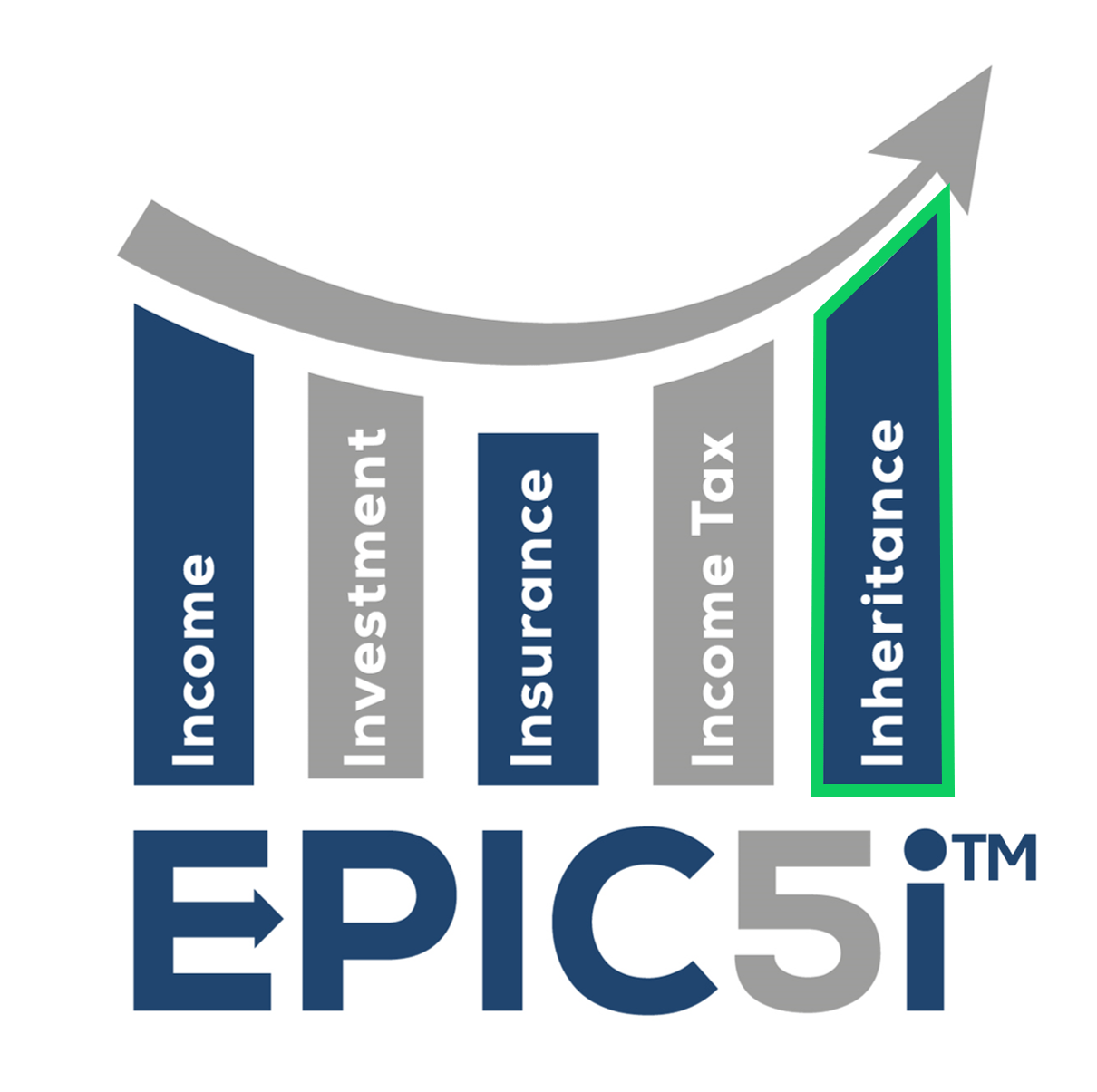Inheritance Planning
Written By: Alex Hammersley, CPA

Inheritance planning is a critical aspect of financial planning that often gets overlooked. As a financial advisor, I see many families and individuals struggle with the complexities of transferring wealth. Whether you’re anticipating a significant inheritance or planning to leave one, preparing effectively can make a substantial difference. Here are some of the most important steps to ensure you’re ready for the future.
1. Understand the Legal Framework
The first step in inheritance preparation is understanding the legal aspects involved. This includes:
- Wills and Trusts: Ensure that a will or trust is in place. These documents clearly outline the distribution of assets and can help avoid legal disputes.
- Probate Process: Familiarize yourself with the probate process in your jurisdiction. Probate can be time-consuming and costly, but knowing what to expect can help you prepare.
- Estate Taxes: Be aware of any potential estate taxes that may apply. These can vary significantly depending on the size of the estate and the location.
Talk with us about setting up a Will or Trust and Powers of Attorney for both healthcare and financial purposes. Additionally, if your inheritance plan becomes complex, consulting with an estate attorney can provide valuable insights and help you navigate the complexities of estate planning.
2. Organize Financial Documents
Having a clear and organized record of all financial documents is crucial. This includes:
- Bank Statements: Keep a record of all bank accounts and statements.
- Investment Accounts: Document all investment accounts, including stocks, bonds, and retirement accounts.
- Real Estate: Maintain records of all real estate properties, including deeds and mortgages.
- Insurance Policies: Ensure all life insurance policies are up-to-date and easily accessible.
Organizing these documents not only makes the inheritance process smoother but also helps in making informed financial decisions.
3. Communicate with Family Members
Open communication with family members about inheritance plans can prevent misunderstandings and conflicts. Key points to discuss include:
- Intentions and Expectations: Clearly communicate your intentions and expectations regarding the inheritance.
- Roles and Responsibilities: Define the roles and responsibilities of executors, trustees, Power of Attorneys, and beneficiaries.
- Financial Education: Educate family members about financial management to ensure they can handle their inheritance responsibly.
Regular family meetings can foster transparency and trust, making the inheritance process less stressful for everyone involved.
4. Review and Update Beneficiary Designations
Regularly reviewing and updating beneficiary designations on all accounts and policies is essential. This includes:
- Retirement Accounts: Ensure the beneficiaries on 401(k) plans, IRAs, and other retirement accounts are current.
- Life Insurance Policies: Update beneficiaries on life insurance policies to reflect any changes in family dynamics.
- Payable-on-Death Accounts: Verify and update beneficiaries on payable-on-death (POD) accounts and transfer-on-death (TOD) registrations.
Outdated beneficiary designations can lead to unintended consequences and legal challenges, so it’s vital to keep them current.
Conclusion
Inheritance planning is not just about wealth transfer; it’s about preserving and growing the legacy you’ve worked hard to build. Preparing for an inheritance involves careful planning and open communication. By understanding the legal framework, organizing financial documents, communicating with family, updating beneficiary designations, and seeking professional advice, you can ensure a smooth and successful transfer of wealth. Taking these steps now can provide peace of mind and financial security for you and your loved ones.
If you have any questions or need assistance with your inheritance planning, feel free to reach out. We’re here to help you navigate this important aspect of financial management.
Say What?
The US Postal Service plans to increase the cost of postage stamps again this year, raising the price of a first-class Forever stamp to 73 cents. That’s an increase of more than seven percent. The price increase is part of the USPS 10-year “Delivering for America” plan intended to financially stabilize the Postal Service. Forever stamps cost 55 cents when the plan was introduced in 2021.
This week in history
1969 (July 20) – The Apollo 11 astronauts made history this week in 1969 when Neil Armstrong and Edwin ‘Buzz’ Aldrin became the first humans to set foot on the Moon. It’s estimated over 500 million people around the world tuned in to national broadcasts of the lunar landing.
1975 – The nation’s Consumer Price Index showed that the yearly inflation was running at nine percent, but in some areas – such as the cost of food – inflation was increasing close to 1.5 percent per month.
1976 – During the 1976 Olympic games in Montreal, the first perfect 10 ever recorded in Olympic gymnastics was achieved. Romania’s 4-foot-11, 88-pound Nadia Comăneci scored a perfect 10 on the women’s uneven parallel bars.
What did it cost? Gen X Edition
1977 – The average cost of the newspaper you threw on your paper route was 20 cents (and your bike probably cost less than $30).
1984 – A movie ticket to see Sixteen Candles in theaters was $3.30
1990 – The average home price in the U.S. was just over $150,000
Have any questions? That’s what we’re here for! Call us at 844-227-5766 today!
Get on our email list to receive these updates in your inbox!
Ready to Take The Next Step?
For more information about any of the products and services listed here, schedule a free assessment today or register to attend a seminar.

